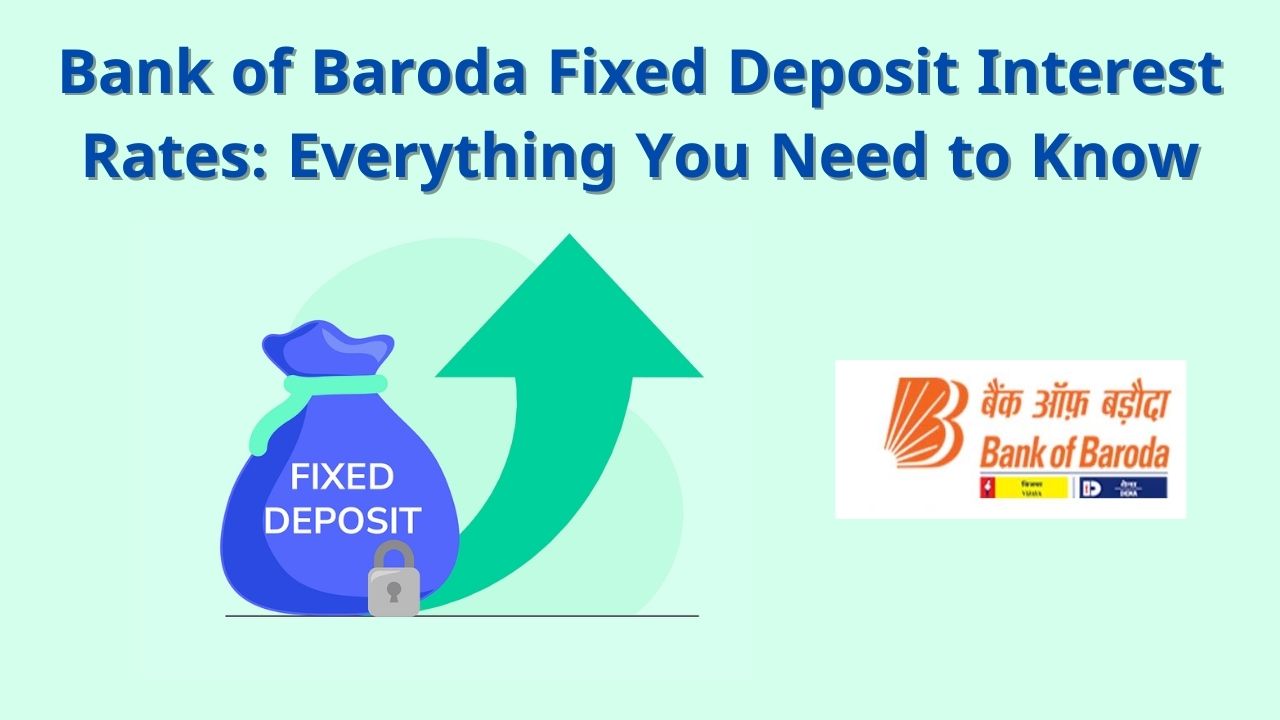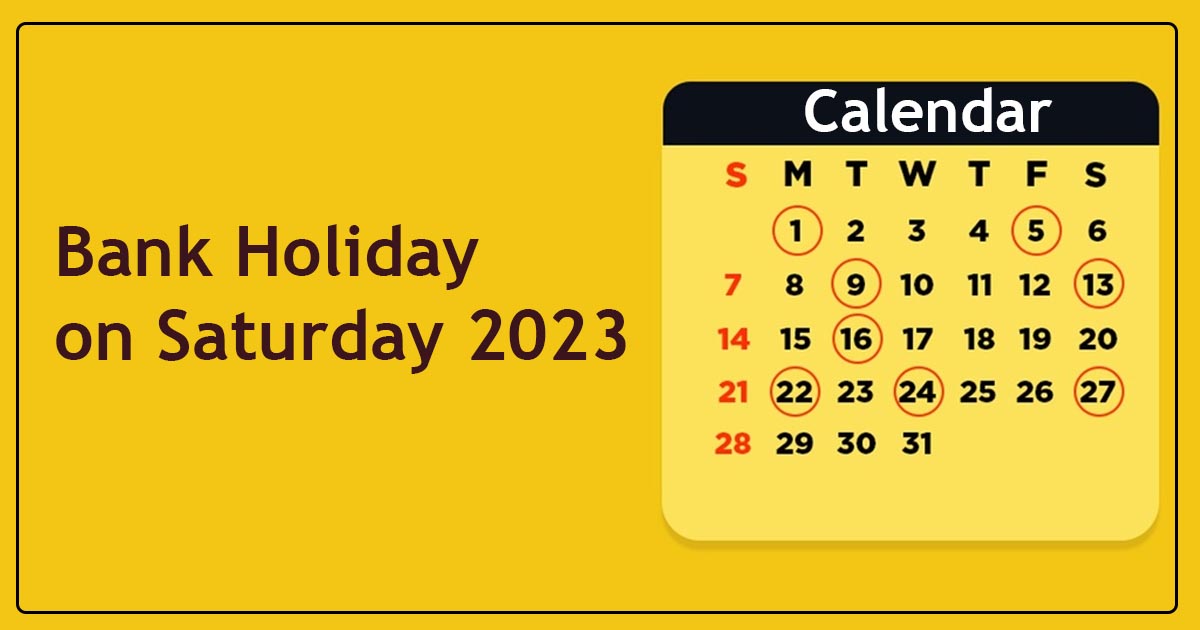Hello friends, in this article we will talk step by step about the process of fill cheque for cash withdrawal, make sure you have all the information needed to fill your cheque correctly. so let’s get started!

Step by Step process for fill Cheque for Cash Withdrawal
- Start by writing the current date on the designated line provided at the top right corner of the cheque. Remember to use the correct format, usually in DD/MM/YYYY.
- On the “Pay” or “Pay to the Order of” line, write your own name. This indicates that you are the designated recipient of the funds.
- Next, fill in the amount of money you wish to withdraw in numerical value on the line provided. Make sure to write the amount clearly and legibly.
- After writing the numerical value, write the same amount in words on the line below. This ensures that there is no discrepancy between the numerical and written amount.
- Once you have completed filling out the cheque, sign it on the bottom right corner. Your signature validates the cheque and confirms that you authorize the withdrawal.
- Finally, tear off the cheque along the perforated edge, if applicable, and keep it in a safe place until you are ready to present it for withdrawal.
Read More:Cheque Bounce Penalty by Banks
Details you need to check before fill Cheque for Cash Withdrawal
Verify Account Details
Before you start filling your cheque, it is important to verify that all your account details are correct. Double check that you have the correct account number and bank details to error-free transactions.
Available in the Account
It is important to check your account balance to avoid any inconvenience. Make sure there are enough funds available in your account to cover the amount you want to withdraw.
Confirm account number and bank details
To error-free transactions, it is important to confirm the accuracy of your account number and bank details. Any inaccuracies may result in your check being delayed or even rejected.
Date and Payee
The first step in filling out a check is to write the current date on the “Date” line. This ensures that the check is valid and can be processed. Next, in the “Pay for the order” section, write the word “cash”. This indicates that you want the amount to be withdrawn in cash.
Amount in Words
To make the cheque legally binding, you must write the amount in words on the line below the payee’s name. It’s important to be clear and concise when writing the amount, using capital letters and proper grammar. This prevents any ambiguity or misunderstandings.
Amount in Numbers
In addition to writing the amount in words, you also need to write it in numbers in the box provided on the right-hand side of the cheque. When writing the amount, begin with the dollar amount, followed by the cents (if applicable). To prevent alterations, draw a line after the cents, ensuring that no changes can be made.
Signature
The final step in filling out a cheque is to sign your name on the “Signature” line at the bottom right corner. It’s crucial to use your usual signature, one that matches the bank records. This signature validates the cheque and confirms that the withdrawal is authorized by you.
Reviewing and Submitting the Cheque
Once you’ve fill Cheque for Cash Withdrawal, it’s essential to review all the information for accuracy. Double-check that all sections are complete and legible, as any missing or illegible information may lead to complications. Once you’re confident that everything is correct, you can submit the cheque to the appropriate bank teller or ATM for processing.
What do you write in a cheque for cash withdrawal?
To write a cheque for cash withdrawal, you need to write the current date, the word “Cash” in the “Pay to the Order of” section, the amount in words, and the amount in numbers.
How do you fill out a cheque for cash?
To fill out a cheque for cash, follow these steps:
- Write the current date
- Write “Cash” in the “Pay to the Order of” section
- Write the amount in words
- Write the amount in numbers
- Sign your name on the “Signature” line
How to Withdraw Money Using a Cheque
Now that you know how to fill out a cheque for cash withdrawal, let’s explore the process of using a cheque to withdraw money. Follow these simple steps:
Visit the bank: Take your filled cheque to the bank where you hold your account.
Fill the withdrawal slip: Obtain a withdrawal slip from the bank and fill in the necessary details, including your account number and the amount you wish to withdraw.
Submit the cheque: Hand over the filled cheque and withdrawal slip to the bank teller.
Authenticate your identity: You may be required to provide identification, such as a driver’s license or passport, to verify your identity.
Receive the cash: Once the bank processes the transaction, you will receive the requested amount in cash.
Always double-check the details on the cheque and withdrawal slip before submitting them to ensure a smooth and error-free transaction.
How Much Cash Can Be Withdrawn from a Bank by Cheque?
The amount of cash you can withdraw from a bank using a cheque depends on various factors, including your account balance, withdrawal limits set by your bank, and any specific restrictions or regulations in your country. It is best to consult your bank or refer to their policies to determine the maximum cash withdrawal allowed through a cheque.
What is a Self Cheque?
A self cheque is a type of cheque that allows the account holder to withdraw money from their own bank account. It is also known as a self-withdrawal cheque. Instead of making the cheque payable to a specific payee, the account holder simply writes their own name on the payee line.
What is the Self Cheque Withdrawal Limit?
The self cheque withdrawal limit varies from bank to bank. It is important to check with your specific banking institution to determine the maximum allowable amount for self-withdrawals. Some banks may have a daily limit, while others may have a limit per transaction.
Benefits of a Self Cheque
There are several benefits to using a self cheque for cash withdrawals:
Convenience: With a self cheque, you can easily withdraw money from your own bank account without having to visit the bank in person. This can be particularly useful when you are unable to go to the bank due to various reasons.
Flexibility: You have the freedom to withdraw the desired amount of money as per your requirement. This gives you greater control over your finances and allows you to manage your cash flow effectively.
Security: Self cheques are a secure way to withdraw cash as they require your signature for authorization. This reduces the risk of unauthorized individuals accessing your funds.
Can any person withdraw money through a self cheque from a bank if the account holder is not able to go to the bank?
No, self cheques are designed specifically for the account holder to withdraw money from their own bank account. It is not permissible for any other person to withdraw funds using a self cheque, even if the account holder is unable to go to the bank. This is to safeguard the account holder’s funds and prevent unauthorized access to their account.
What will happen if the “bearer” in the cheque is not stricken?
When filling out a cheque, it is important to strike out the word “bearer” if it is pre-printed on the cheque. This is to ensure that the cheque is not treated as a bearer instrument, which means it can be cashed by anyone who possesses it. If the word “bearer” is not stricken, there is a risk that the cheque could be cashed by an unauthorized individual, leading to potential loss of funds for the account holder.






